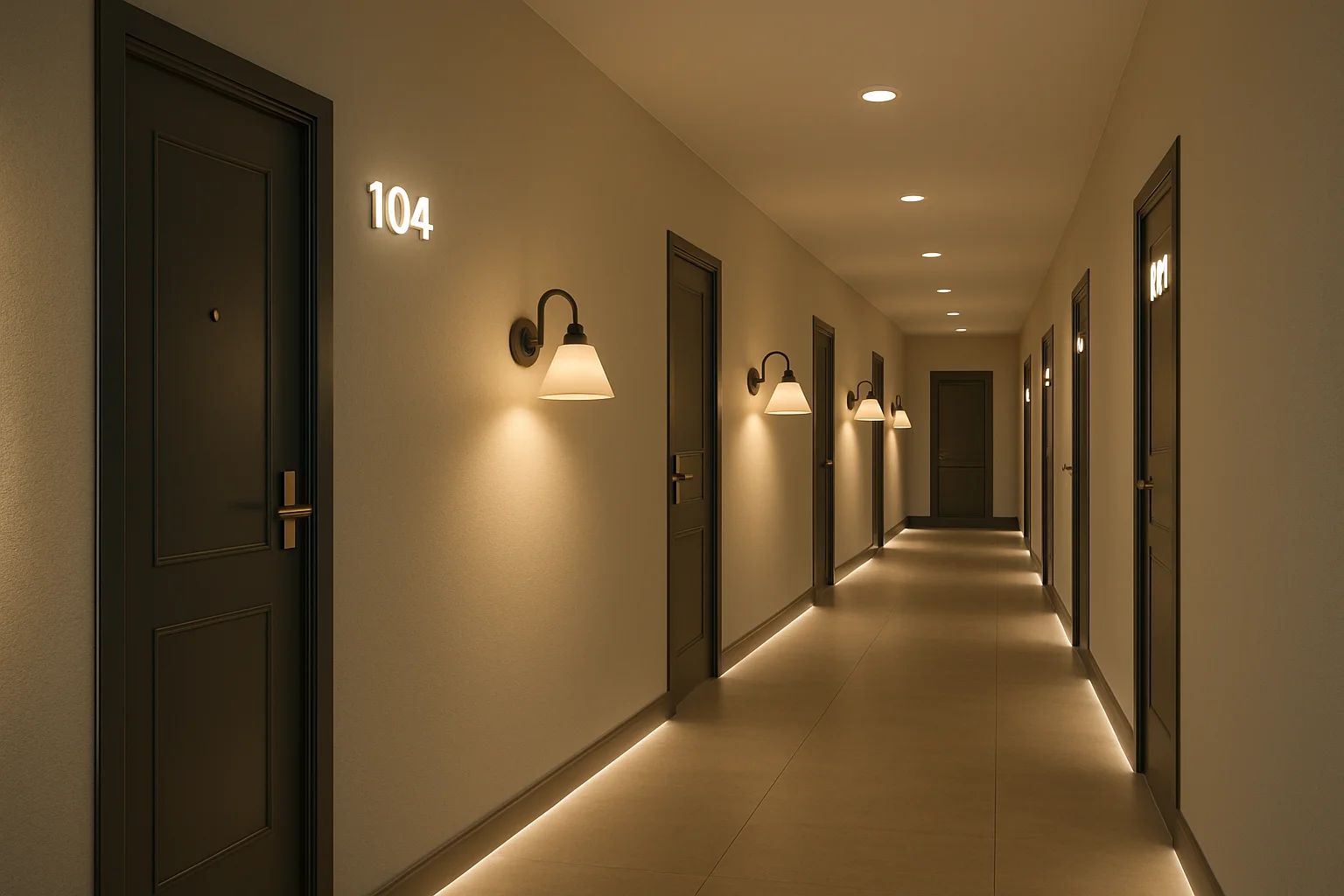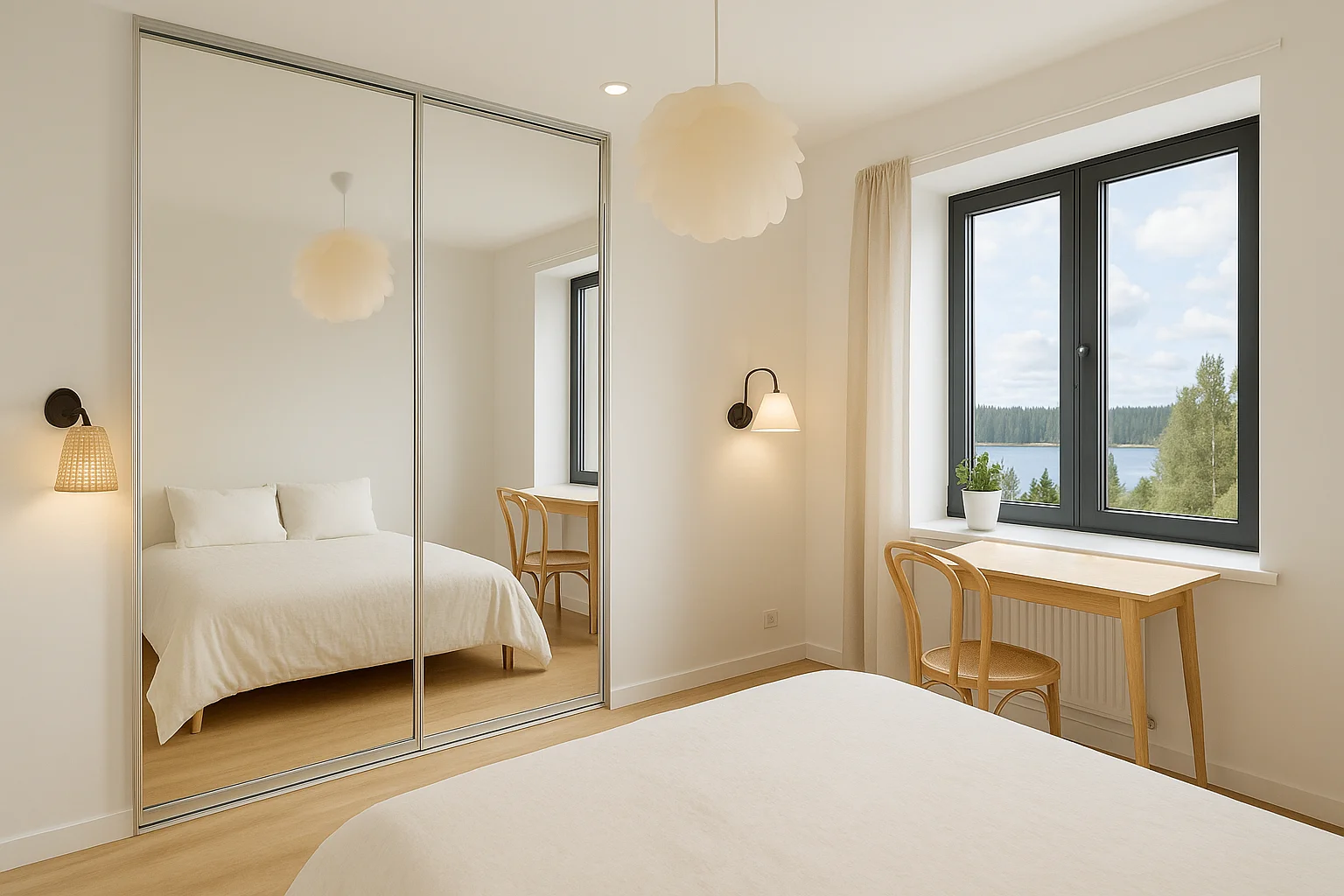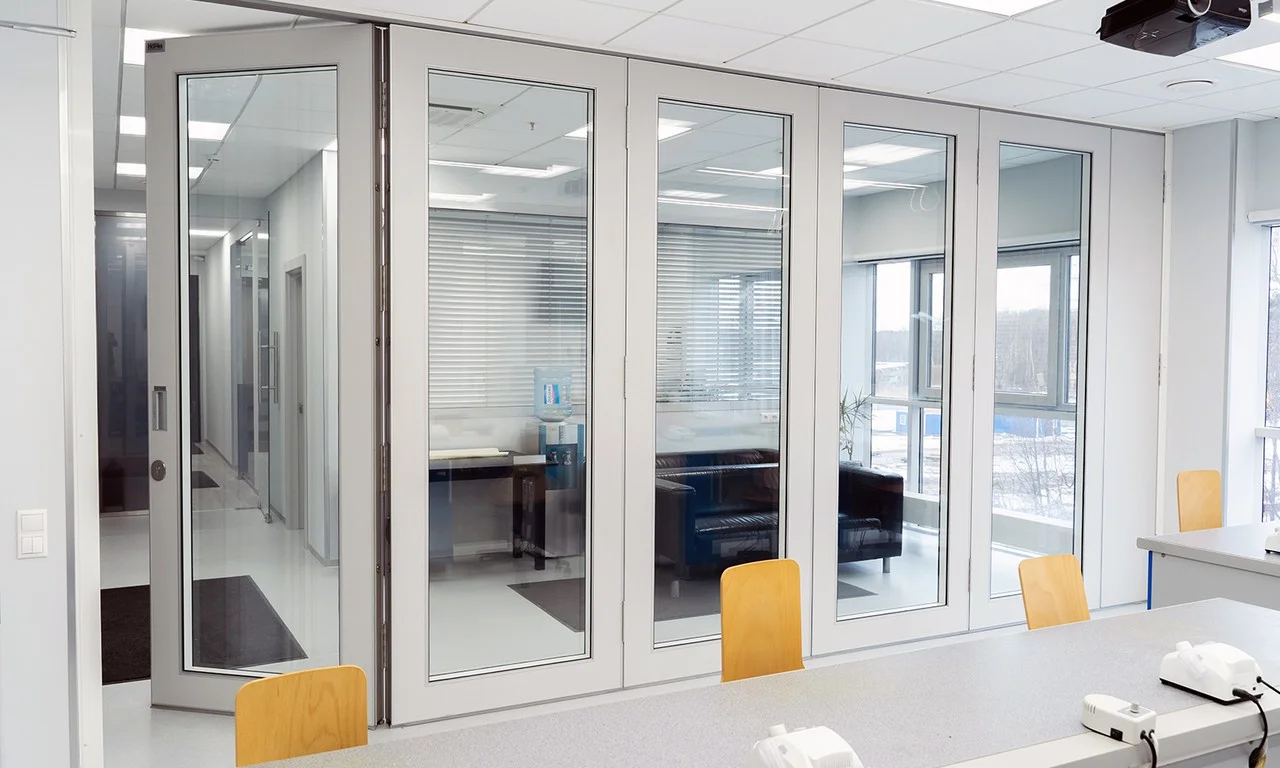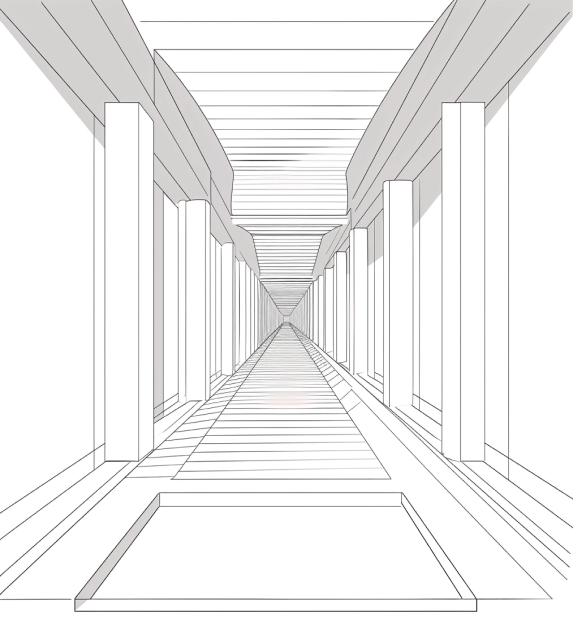call me back
Have a project in mind? Fill out the form below and we`ll get back with you as soon as we have the chance
03/07/2025
Lighting isn’t just about lamps and fixtures – it’s a powerful tool that shapes mood, boosts productivity, and creates comfort. In this article, we’ll explore different lighting scenarios, how light impacts our well-being, and alternative solutions for creating ideal spaces.
Lighting scenarios are ways to shape a space using light distribution. They define a space’s style, enhance functionality, and create the desired atmosphere. Here are the main types:
1. Natural Daylight
Window light saves energy and provides comfort. It can be controlled using curtains, blinds, or light-diffusing fabrics.
2. Artificial Lighting:
Soft Ambient Lighting
Creates a cozy atmosphere perfect for relaxation or evening gatherings. Use wall sconces, floor lamps, or fixtures with warm illumination and dimmers to adjust brightness. Keep in mind that these fixtures may require extra outlets, so plan your space accordingly.
Intense lighting
In large spaces like shopping malls, open-plan offices, sports arenas, and concert venues, powerful LED lamps, halogen lights, or fluorescent fixtures provide optimal illumination.


3. Decorative Lighting
Neon strips, RGB fixtures, and colored filters create unique atmospheres for parties, creative studios, or photo shoots.


4. Task Lighting
For study and work areas, choose fixtures with 4000-5000K color temperature (similar to natural light) to improve concentration.
5. Safety Lighting
Wall-mounted or stair spot lights with motion sensors activate at night to ensure safe movement.


While lighting scenarios define a space’s style and functionality, their effectiveness depends on how light influences our mood, perception, and performance.
We’ll explore the psychological, compositional, and cognitive roles of lighting, showing how to apply them effectively in settings from offices to restaurants and retail spaces.
1. Psychological Function
Bright light stimulates and improves focus, making it ideal for workspaces and retail areas. In offices, LED ceiling panels with neutral color temperatures (4000-5000K) maintain employee alertness. In stores, especially around new product or promotional sections, intense accent lighting draws customer attention and drives sales. However, overly bright illumination may cause eye strain, so it’s best used in high-traffic, large areas.
Soft lighting creates comfort and relaxation, perfect for lounge spaces. In meeting rooms, dimmable fixtures facilitate comfortable discussions. Restaurants use warm-toned lighting (2700-3000K) in dining areas to create inviting atmospheres that encourage return visits. Since overly dim light can reduce productivity, dimmers offer flexible brightness control.
Beyond intensity, color temperature matters significantly. While general color temperature guidelines are useful, lighting perception depends on wall colors, window sizes, furniture tones, and the direction of natural light. Higher Kelvin values (5000K+) produce cooler, brighter light that energizes, while lower values (2500-3000K) create warmer, softer light that relaxes. For example, coworking spaces often combine cool lighting in work areas with warm lighting in lounges for balance.

2. Compositional Function
Light-colored walls, ceilings, and appropriate fixtures visually expand spaces. In small offices, light-colored finishes combined with linear LED sources create comfortable work environments. This same principle works in stores with narrow aisles – white floors and reflective lighting improve navigation and create a sense of spaciousness.
Directional lighting effectively highlights specific products or decor elements. Retail stores use track lighting to spotlight new collections or promotional items, boosting sales. Accent lighting also enhances other spaces: lobby logo lighting creates positive first impressions, while restaurant lighting emphasizes textured surfaces like
brick walls or wooden features to reinforce style authenticity. Galleries use focused lighting to direct attention to exhibits.
Strategic lighting also aids navigation in complex spaces. In large malls, well-designed sign illumination helps visitors locate stores quickly. Office buildings use subtle corridor lighting that naturally guides visitors to meeting rooms and key areas while maintaining comfort.




3. Cognitive Function
In workspaces, adjustable desk lamps with brightness and direction control let you tailor lighting to specific tasks. Light quality is crucial – flickering bulbs may cause headaches and reduce concentration. Dimmers enable smooth brightness adjustment as needs change.
Lighting’s cognitive role in safety is equally important. Adequately bright lighting in warehouses and on staircases significantly reduces accident risks. In low-traffic areas like parking lots, hallways, or public spaces, motion sensors enhance safety while saving energy by activating lights only when needed. For challenging environments, industrial-grade fixtures combining high output with dust/water resistance are ideal.
In addition to lighting fixtures, you can control interior lighting through alternative solutions such as sliding partitions, mirrored walls, and transformable structures with stained glass.
Unlike traditional approaches that rely solely on light fixtures, this method reduces the number of electrical appliances needed, resulting in energy savings. Furthermore, these transparent partitions take up minimal space when folded and don’t require special decorative treatment in their “off” state, as they blend naturally into any interior design. They’re also easy to install and remove as needed.


Glass sliding partitions allow daylight to pass through, creating a sense of spaciousness. This makes them ideal for offices, dance and sports halls, restaurants, and small apartments.


In office environments, glass partitions provide the perfect balance: they let light through for open spaces while creating private work areas.
Proper lighting transforms any space into a comfortable and functional environment. Combine lighting scenarios, modern fixtures, and solutions like sliding partitions to create the perfect atmosphere. If you’re looking to design an interior that combines style, comfort, and practicality, contact ScandicWall – we’ll help you select the ideal sliding partitions that will complement your lighting solutions and transform your home. Reach out for a professional consultation and start creating your dream space today!
Get weekly update about our product on your email, no spam guaranteed we promise ✌️
Our company offers the opportunity to get acquainted with the drawings of our products️️
Select download format